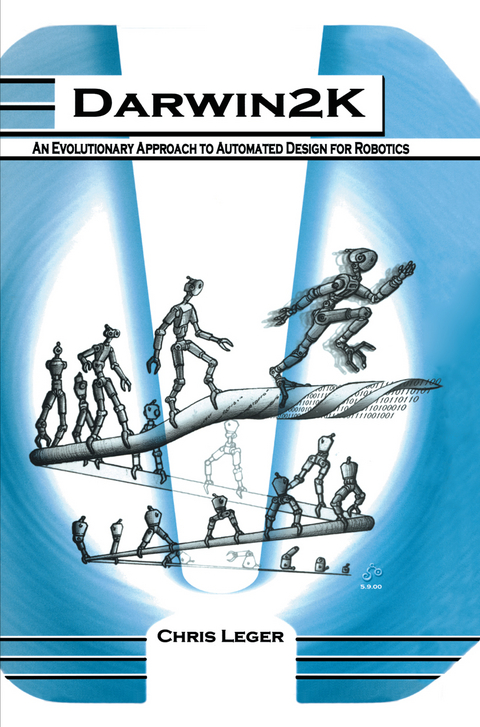
Darwin2K
Springer-Verlag New York Inc.
978-1-4613-6945-5 (ISBN)
The primary purpose of this book is to describe a methodology for using computers to automatically design robots to meet the specific needs of an application. Details of many novel aspects of the methodology are presented, including an evolutionary algorithm for synthesizing and optimizing multiple objective functions, an algorithm for dynamic simulation of arbitrary robots, an extensible software architecture, and a new representation for robots that is appropriate for robot design. The methodology as a whole is significant in terms of its impact on robot design practices, and as a case study in building evolutionary design systems. Individual parts of the systems are also relevant to other areas. For example, the evolutionary algorithm can be used for design and optimization problems other than robotics, and the dynamic simulation algorithm can be used for analysis and simulation of existing robots or as a part of a manual design tool. The book also gives an overview of previous work in automated design of robots, and of evolutionary design in other engineering disciplines.
1 Introduction.- 1.1 Related Work.- 1.2 Approach.- 1.3 Organization of the book.- 2 Representation and Architecture.- 2.1 Robot representation.- 2.2 Extensible Software Architecture.- 2.3 Summary.- 3 Synthesis Methodology.- 3.1 Introduction.- 3.2 Genetic Operators.- 3.3 Selecting Configurations for Reproduction and Deletion.- 3.4 Synthesis Process.- 3.5 Summary.- 4 Robot Evaluation.- 4.1 Simulator Architecture.- 4.2 Computing Robot State.- 4.3 Singularity-Robust Inverse Controller.- 4.4 Robot Dynamics.- 4.5 Link Deflection.- 4.6 Path Planning.- 4.7 Other Capabilities and Components.- 4.8 Metrics.- 4.9 Summary.- 5 Experiments and Demonstration.- 5.1 Task 1: A free-flying robot for orbital maintenance.- 5.2 Task 2: A fixed-base manipulator.- 5.3 Task 3: Simplified manipulation task for characterizing synthesizer performance.- 5.4 Task 4: A Material-handling robot.- 5.5 Task 5: An antenna-pointing mechanism.- 5.6 Task 6: A walking robot for space trusses.- 5.7 Discussion.- 6 Conclusion.- 6.1 Lessons Learned.- 6.2 Future Directions.- Appendix A: OOP and Class Hierarchy.- Appendix B: Module descriptions.- Appendix C: Detailed robot descriptions.- References.
| Erscheint lt. Verlag | 11.10.2012 |
|---|---|
| Reihe/Serie | The Springer International Series in Engineering and Computer Science ; 574 |
| Zusatzinfo | XIII, 271 p. |
| Verlagsort | New York, NY |
| Sprache | englisch |
| Maße | 155 x 235 mm |
| Themenwelt | Informatik ► Theorie / Studium ► Künstliche Intelligenz / Robotik |
| Informatik ► Weitere Themen ► CAD-Programme | |
| Technik ► Elektrotechnik / Energietechnik | |
| Technik ► Maschinenbau | |
| ISBN-10 | 1-4613-6945-2 / 1461369452 |
| ISBN-13 | 978-1-4613-6945-5 / 9781461369455 |
| Zustand | Neuware |
| Haben Sie eine Frage zum Produkt? |
aus dem Bereich


